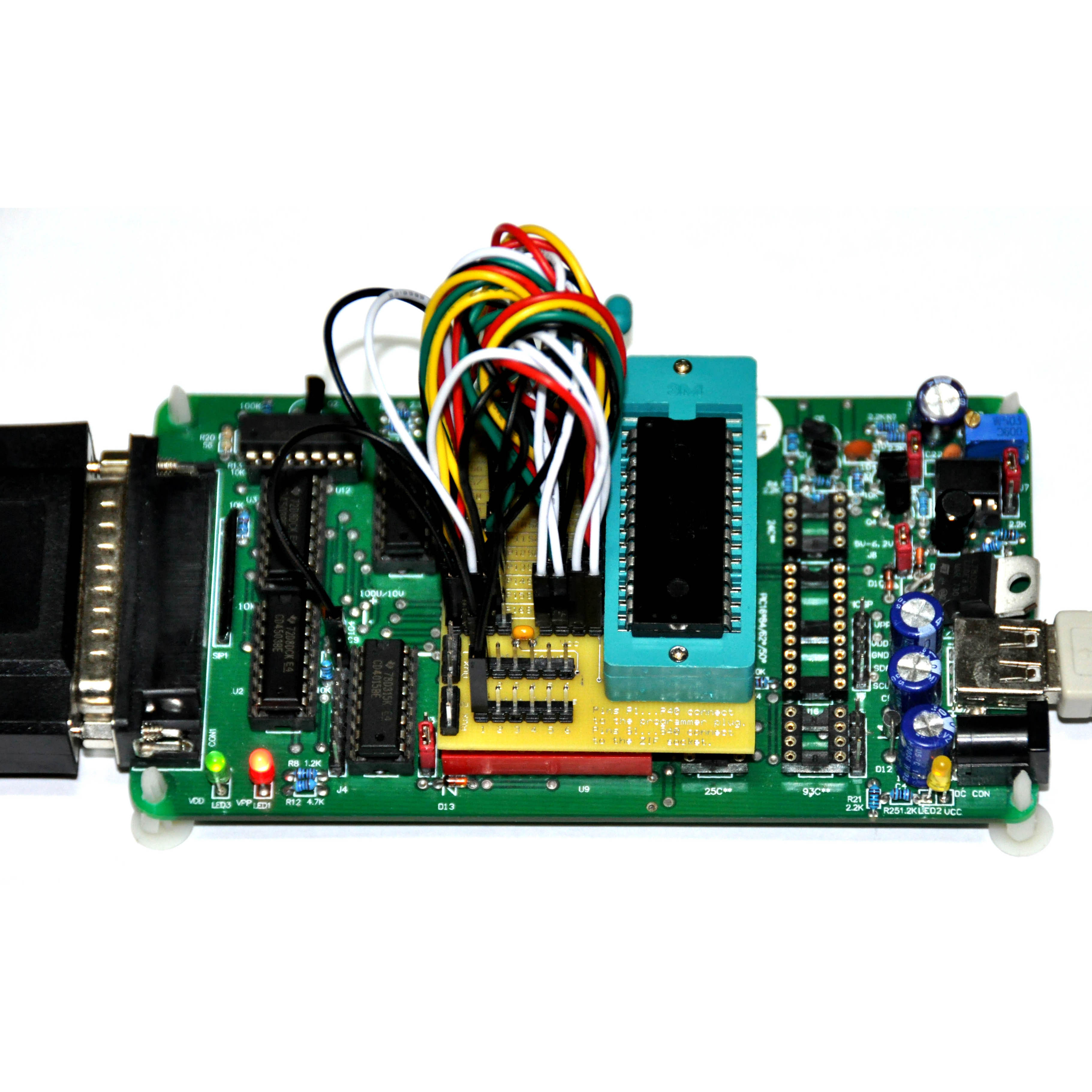

However, if you have not programmed anything above 0x4000 and this area through to the end of the EPROM reads as &FF, then you can still program this part of the EPROM with your desired 'ROM' code Then give it another week to make sure it is fully erased (as the memory cells are actually analogue). But you need to keep testing to see if all memory locations have reverted back to &FF. I think (assuming sunny clear days), it takes a number of weeks. Something to do with the intermittent sun light in my part of the world KarateEd wrote:On another note, if I left the 2 that I burnt erroneously in bright sunlight, how long would it take for them to wipe?Um, I have never actually timed it. The other file formats are for when the data to program the chip is in a formal format, like an Intel Hex file, which is in plain ASCII but which may include address data and check sums. As that is all these files are, unformated binary data (a straight copy of an existing ROM chip normally). For most ROM dumps / files, yes use binary. So instead of programming the EPROM at address 0000, instead set the programmer to start at address 0x4000 hex. Why? Because on a 27128 or 27C128, pin 27 is /PGM (which is held high by the Beeb), but on a 27256 or 27C256 it is address pin A14.Ī14 being held high means the CPU in the Beeb can only access the upper 16k area (the upper half of the available 32k bytes of the memory in the EPROM chip). So if you put a 27256 or a 27C256 chip in one of the sockets and have programmed the chip from address 0000 (this is the address as seen by the chip, NOT the address seen by the CPU), the CPU will not see your program. Model A and B BBC Micro computers were designed to take 8k byte (2764 or 27C64) and 16k byte (27128 or 27C128) EPROMs and pin compatiable PROM and ROM chips. That is why, with an EPROM, the erase button is greyed out. Both of which can be erased electrically. The programmer can also program EEPROMs and Flash memory chips. Thanks so much for any help that can be offered.ĮPROM chips can only be erased by UV light. The reason for the questions is that when I put the chips in my Beeb, they were not recognized at all, either through *HELP or *ROMS. If I could have ideas on this it would be most useful.Īre the voltages correct for this type of burn? The program help says I can erase the chip but it seems the erase portion is greyed out. The programmer said the burn was successful and I've posted a picture showing the first bits of the chip after burning.Ī couple of questions as this is my very first time using any eprom burner.Īm I correct in using binary to burn the chip? I did this using binary no hex which is what I would expect to be using. I've tried burning Logo onto them (AcornSoft Logo1 and Logo2). Some USB powered programmers do not always reliably program the 21V types. Older obsolete type EPROMs (27128 types) use either a 21V or a 12.5V programming voltage depending on when and by who they were produced. Universal-Ģ7C256 use a 12.5V programming voltage and program okay using USB powered programmers.
#Willem eprom programmer manual 2006 windows#
1024MAK wrote:Earlier this year I got this "Universal miniPRO EPROM EEPROM FLASH Programmer TL866CS High speed AVR" but have not really put it through it's paces yet (as it means I need to power up a Windows PC).


 0 kommentar(er)
0 kommentar(er)
